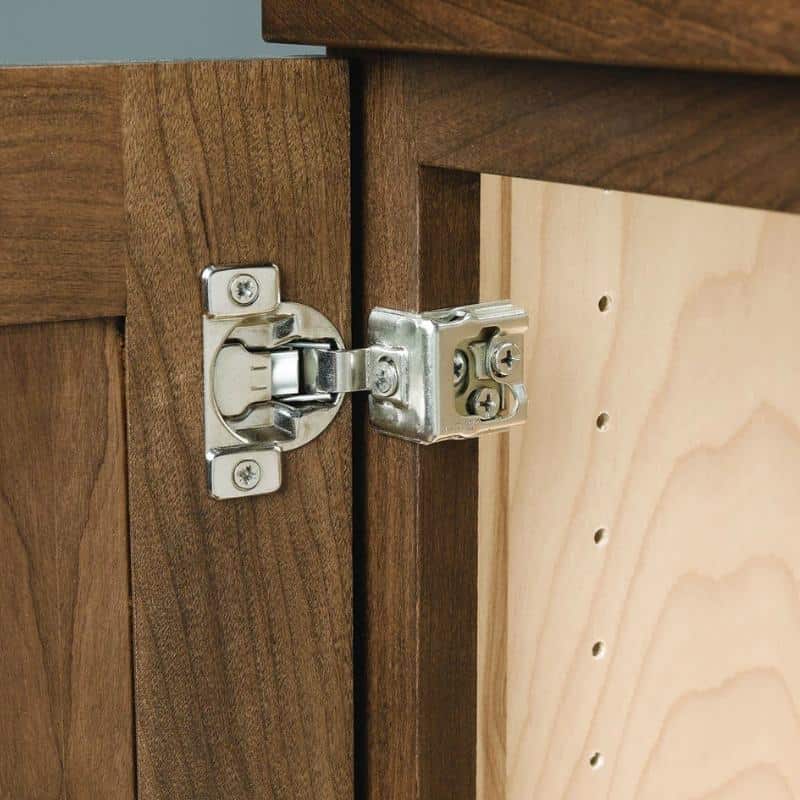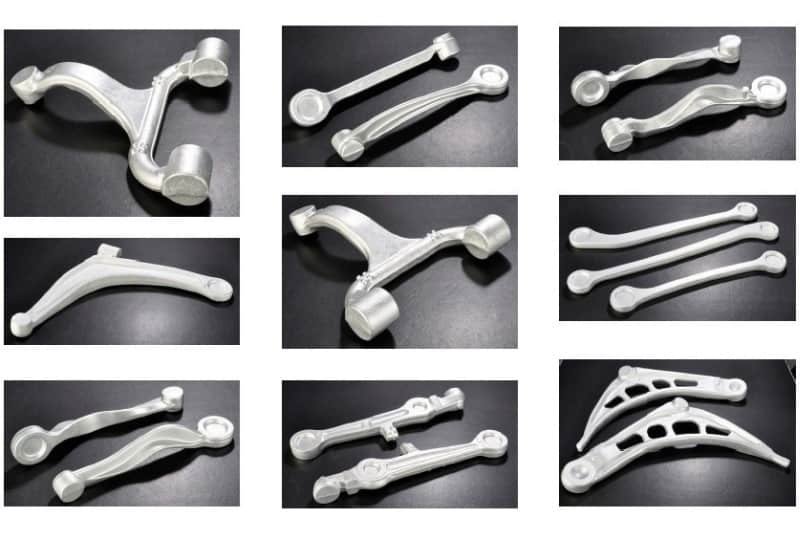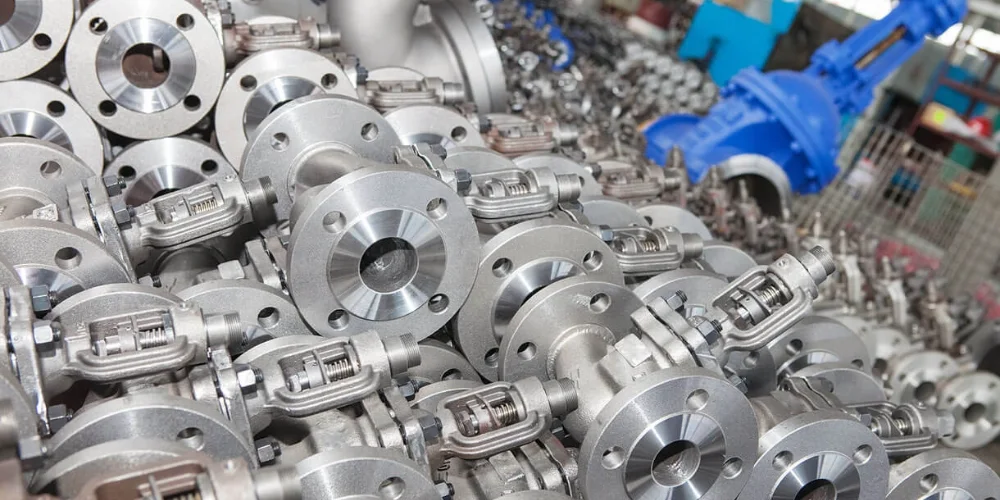Hidden Hinges: Unlocking the Secrets of Concealed Hardware
Hidden hinges, often referred to as concealed hinges, have become a staple in modern design and construction. They offer a sleek and minimalist aesthetic while ensuring doors and cabinets open and close smoothly. In this article, we will explore the world of hidden hinges, delving into what they are, how they work, their advantages, various applications, types, and the materials and finishes available. We will also discuss essential installation and maintenance tips, emerging trends, and how to customize hidden hinges to meet your specific needs.

[toc]
What Are Hidden Hinges
Hidden hinges, as the name suggests, are hinges that are not visible when a door or cabinet is closed. Unlike traditional hinges, which are often in plain sight, hidden hinges are concealed within the structure, providing a clean and unobtrusive look. This ingenious design makes them an ideal choice for a wide range of applications.
How Hidden Hinge Work
European hinge, the most commonly used hidden hinge, consists of two main parts: the hinge cup and the mounting plate. The hinge cup is installed on the back of the door and contains a rotating arm that connects the door to the cabinet. The mounting plate offers significant adjustability, allowing for precise alignment of the door in terms of horizontal, vertical, and depth positioning. When the cabinet door is closed, the hinge remains concealed within the cup, rendering it invisible from the outside.
It’s important to note that there are various types of hidden hinges beyond European hinges, and the specific design and functionality may vary. However, the basic principle is to provide a clean and concealed look when the door is closed.

Advantages of Hidden Hinges
Hidden hinges offer numerous advantages, including:
- Aesthetics: Hidden hinges contribute to a sleek and modern appearance, as they eliminate visible hardware that can disrupt the design.
- Security: Some hidden hinges are designed with security features, enhancing protection for cabinets and doors.
- Durability: Made from sturdy materials, hidden hinges are built to last, reducing the need for frequent replacements.
Applications of Hidden Hinges
Hidden hinges find their way into various applications, such as:
- Cabinet and Furniture: In kitchen cabinets, modern furniture, and custom pieces.
- Doors: For interior doors, and even in commercial settings.
- Automotive and Aerospace: Used in vehicles and aircraft for their space-saving and streamlined design.
- Electronics and Gadgets: Smartphones, laptops, and other portable devices benefit from the compactness of hidden hinges.

Types of Hidden Hinges
There are several types of hidden hinges, each suited to specific applications. Some common varieties include concealed cabinet hinges, European hinges (full overlay, half overlay, inset), pivot hinges, and specialty hinges like touch-release and Soss hinges.
Materials and Finishes for Hidden Hinges
Hidden hinges are available in a variety of materials and finishes to match different design needs. Common materials include steel, stainless steel, and zinc alloy, while finishes can range from brushed nickel to matte black, allowing for customization.

Installation Hidden Hinges
When it comes to hidden hinges, proper installation and maintenance are crucial to ensure their functionality and longevity. Here are some key points to keep in mind:
- Alignment is Critical: Ensure precise alignment of the hinge components during installation. Any misalignment can lead to issues with door or cabinet closure.
- Use the Right Tools: Invest in high-quality tools specifically designed for hinge installation, including jigs and templates for accurate boring.
- Check Load Capacity: Verify that the hidden hinges you choose can support the weight and size of the door or cabinet they will be installed on.
- Follow Manufacturer Instructions: Always follow the manufacturer’s guidelines for installation, as these may vary depending on the type and brand of hidden hinge.
- Test the Movement: After installation, test the door or cabinet’s movement to ensure it opens and closes smoothly without any obstructions.
Maintenance Hidden Hinges
To maintain hidden hinges effectively, regularly clean them to prevent dirt accumulation, lubricate pivot points using a suitable lubricant, and periodically check and tighten hinge screws as required. Additionally, inspect for wear, damage, or unusual sounds, and make adjustments in line with the manufacturer’s guidelines. Swiftly replace any damaged components and ensure childproofing features, if present, are functioning correctly. Adhering to these steps will prolong the lifespan and preserve the concealed appearance of hidden hinges.

Innovation and Future Trends
Innovation and future trends in hidden hinges revolve around enhancing functionality, aesthetics, and convenience. Key developments include the integration of smart technology for automated opening and closing, anti-slam mechanisms for noise reduction, and advanced materials for durability and sleek design. Miniaturization and space-saving designs will become more prominent to accommodate smaller living spaces. Moreover, sustainable and eco-friendly materials and production methods will gain importance. Hidden hinges are likely to adapt to various furniture and architectural applications, offering seamless and unobtrusive solutions while incorporating cutting-edge technologies for improved user experiences and environmental sustainability.

How to Custom Hidden Hinges
To customize hidden hinges, you should first seek a reputable manufacturer, such as HDC, a professional custom metal parts manufacturer. You can obtain the most competitive quote by clicking the “Get Instant Quote” button on the website, providing your contact information and customization requirements. Upon receiving your inquiry, we will promptly reach out to you to confirm the specific customization needs. If necessary, we can assist you in refining the design and selecting suitable materials and finishes.
Before formal production, we will present a comprehensive customization plan for your approval, and production will commence only after obtaining your consent. You can also request customized samples for testing and provide feedback to help improve the design, ensuring that your custom hidden hinges perfectly align with your project requirements.
Throughout the customization process, we will be responsive to any questions you may have, and we will coordinate matters like shipping and delivery with you. We believe that effective communication is the key to a successful custom hinge order.

Conclusion
Hidden hinges have truly transformed the way we approach design and construction, offering both functionality and aesthetics. As we conclude this article, you’ll have a comprehensive understanding of hidden hinges, their advantages, and how they can be tailored to your unique needs. Whether you’re a designer, builder, or homeowner, hidden hinges are a game-changer that can elevate the look and functionality of your space.




